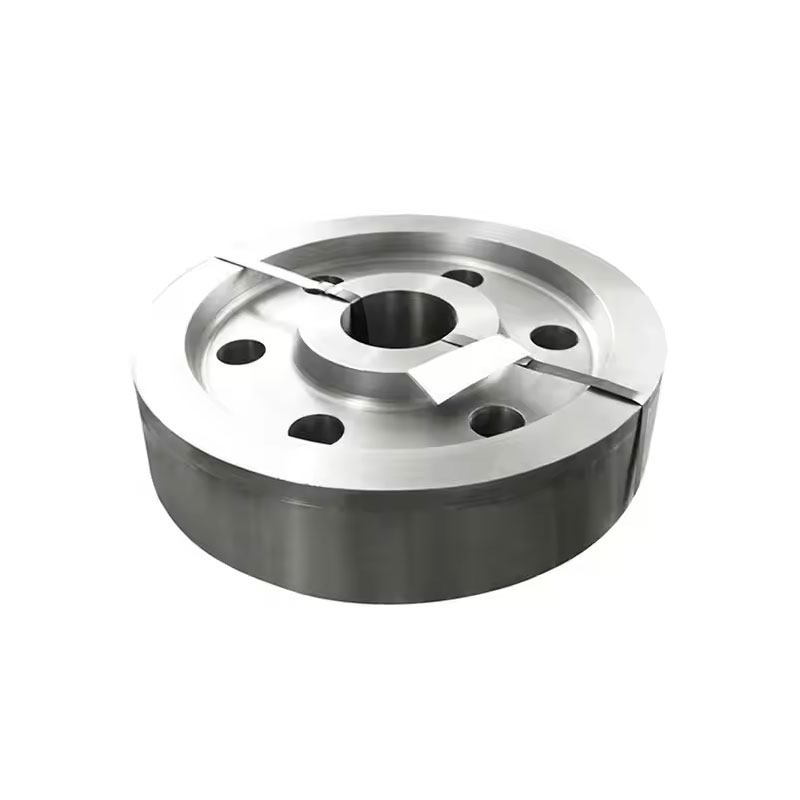Machinery Part Casting: Essential Manufacturing Technique for Complex Components
2025-05-28
Machinery part casting is a fundamental manufacturing process used to produce complex metal components for various types of machinery. By pouring molten metal into molds, casting allows the creation of parts with intricate shapes that would be difficult or impossible to achieve with other manufacturing methods.

What Is Machinery Part Casting?
Machinery part casting involves melting metal alloys and pouring the molten metal into pre-designed molds shaped like the desired component. After cooling and solidification, the cast part is removed from the mold, followed by finishing processes such as machining, grinding, or heat treatment to achieve the required specifications.
Common Casting Methods for Machinery Parts
Sand Casting: Uses sand molds; versatile and cost-effective for large parts and small production runs.
Die Casting: Uses metal molds under high pressure; ideal for high-volume production with excellent surface finish.
Investment Casting (Lost Wax Casting): Allows for high precision and complex geometries.
Centrifugal Casting: Molten metal is poured into a rotating mold to produce cylindrical parts with uniform density.
Shell Casting: Thin shell molds produce detailed and precise components.
Materials Used
Cast Iron: Excellent wear resistance and vibration damping.
Steel and Stainless Steel: High strength and corrosion resistance.
Aluminum Alloys: Lightweight with good strength-to-weight ratio.
Bronze and Brass: Good for wear resistance and low friction applications.
Advantages of Machinery Part Casting
Complex Shapes: Ability to produce complex, near-net-shape components.
Cost Efficiency: Suitable for both low and high-volume production.
Material Versatility: Wide range of metals and alloys can be cast.
Reduced Waste: Minimal material loss compared to subtractive processes.
Strength and Durability: Cast parts often have good mechanical properties tailored by alloy selection and heat treatment.
Applications
Engine blocks and cylinder heads.
Pump housings and impellers.
Gearbox and transmission components.
Valves and fittings.
Heavy equipment frames and supports.
Quality Considerations
Mold Design: Influences part accuracy and surface finish.
Pouring Temperature and Speed: Critical for avoiding defects like porosity or shrinkage.
Post-Casting Treatments: Heat treatments and machining ensure final dimensional accuracy and mechanical properties.
Inspection: Non-destructive testing (NDT) techniques such as X-ray or ultrasonic testing detect internal defects.
Conclusion
Machinery part casting remains a cornerstone in manufacturing complex and durable components critical to industrial machinery. By choosing the appropriate casting method and materials, manufacturers can optimize performance, reduce costs, and meet stringent design requirements.


